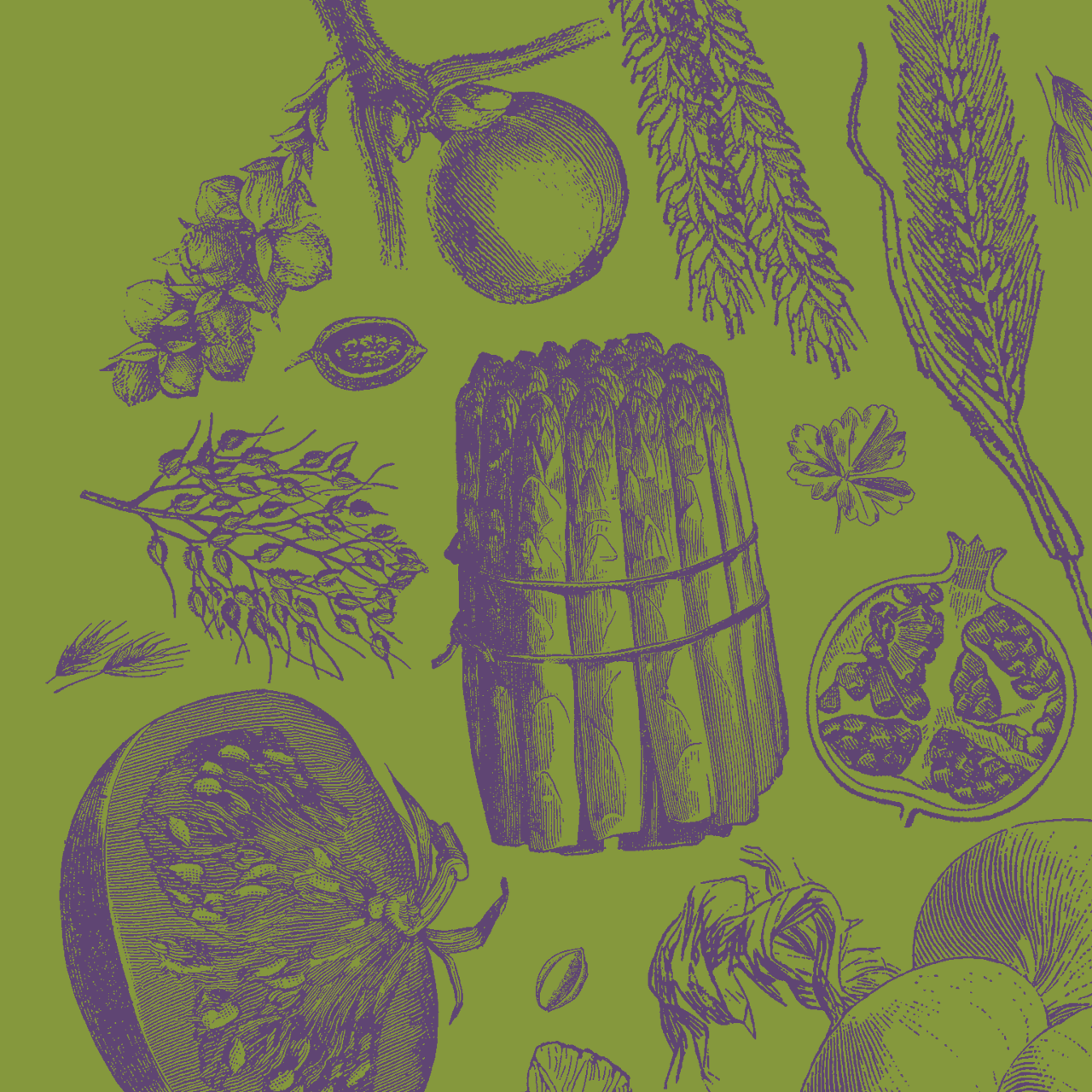Don’t eat anything with a mother… Or a label.

I often hear that advice from WFPB foodies (i.e., Whole Food Plant-Based experts). Easy enough to understand what has a mother, but what about labels? It’s hard to be a purist about avoiding them. And don’t labels enable us to make better choices? After all, they contain so much helpful information, but what does it all mean? Besides, who can come out of a grocery store without something that has no label? Fair enough. I still buy boxes of pasta with labels, and nut butters or milks occasionally. They all have labels.
—
The bottom line is that the best foods are fresh whole foods from the earth, and they never come with a label. After that, we have labeled foods with a few ingredients. Clever marketers now tout their packaged products with statements like, “only three ingredients.” Hallelujah!
So how do we use labels to best serve us?
First, read the ingredients. They are in order by weight starting with the most to the least. Stick with ingredients you trust. Organic brown rice flour and water are pretty safe. Artificial flavors, FD&C Blue #1, Yellow #5 or 6, and anything that sounds like it belongs in a chemistry set, are signs it may be better left on the shelf.

On to the Nutrition Facts—and beware. This information is mandated by the FDA and contains required information like calories, carbohydrates, fats, and sodium. Voluntary information includes fiber, sugar alcohol and other nutrients. Part of the label is % Daily Value, which means the percentage of that nutrient consumed per serving, eating 2,000 calories a day. It’s very hard to calculate that unless you know exactly how many calories you eat every day, and what percentage of all the foods you eat in a day contain the ingredient you are tracking. I also find it very interesting that the % Daily Value is listed for most ingredients, but sugar seems to be exempt from disclosing this. And what about the carb confusion? There is a big difference between sugars and dietary fiber listed under carbohydrates. I’m not sure the labeling represents this.
—
Weights are listed in grams for the required information, yet fats can be listed at zero if they are less than .5 grams per serving size. What if you eat five servings of trans fats (which should be avoided entirely) for a total of 2.5 grams? That is not exactly zero trans fats.
—
After scanning the ingredients I like to take a quick look at fats, sodium and sugar. If they are high I read no further.
Here are a few “Read Before You Buy” rules:
- Don’t believe advertising on the front of the package
- Calories from fat need to be less than 25%
- There should be no added sugars among the first three ingredients
- There should be no trans fats or “extracted oils”
- 1,500mg or less of salt per day is recommended
Most packaged foods are high in sodium. The simple solution is to avoid products with many (and unknown) ingredients, and only buy products with a few ingredients that you trust. Labeling is complicated. Keep it simple: eat plants.

